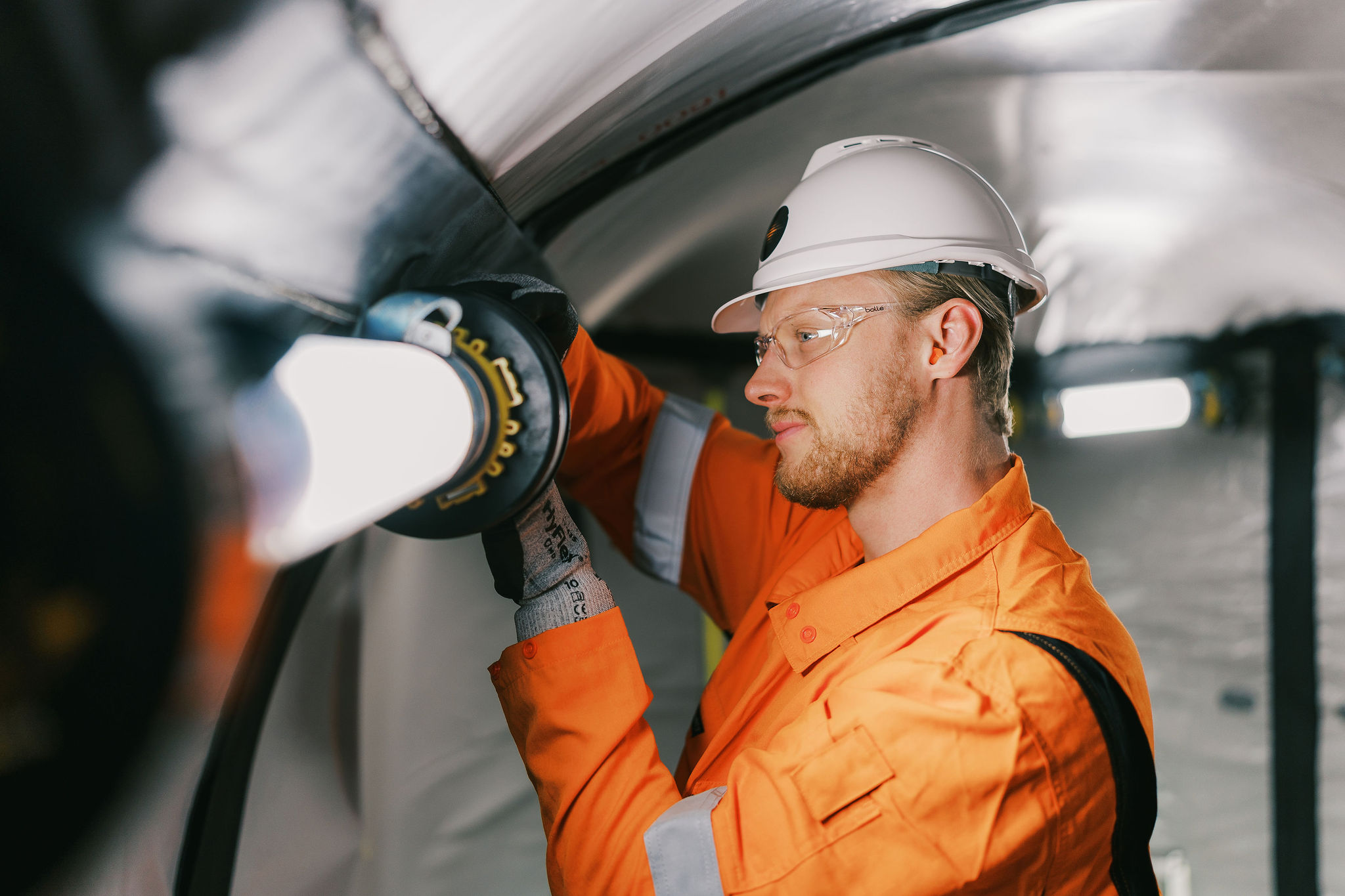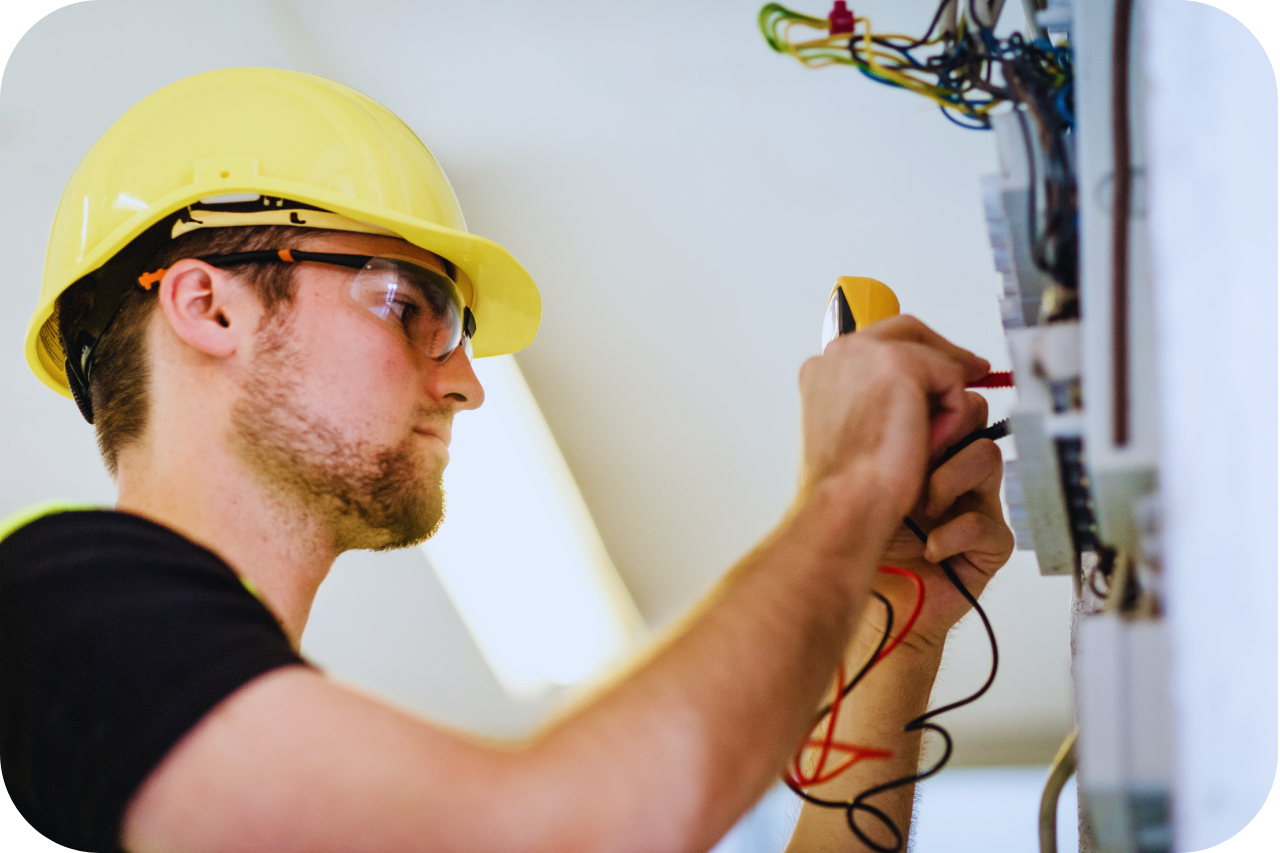The Single Strategy To Use For Roar Solutions
The Single Strategy To Use For Roar Solutions
Blog Article
Things about Roar Solutions
Table of ContentsThe Single Strategy To Use For Roar SolutionsTop Guidelines Of Roar Solutions6 Simple Techniques For Roar Solutions
In order to protect installations from a prospective surge an approach of evaluating and categorizing a possibly unsafe location is required. The objective of this is to make sure the appropriate choice and installation of equipment to eventually avoid a surge and to make sure security of life.
(https://triberr.com/roarsolutions)
No tools must be installed where the surface area temperature level of the devices is more than the ignition temperature of the given risk. Below are some common dirt dangerous and their minimal ignition temperature level. Coal Dust 380C 225C Polythene 420C (melts) Methyl Cellulose 420C 320C Starch 460C 435C Flour 490C 340C Sugar 490C 460C Grain Dirt 510C 300C Phenolic Material 530C > 450C Aluminium 590C > 450C PVC 700C > 450C Soot 810C 570C The chance of the danger being existing in a focus high sufficient to cause an ignition will certainly vary from area to area.
Harmful location electrical equipment possibly designed for use in higher ambient temperature levels. Area Repair Service By Authorised Personnel: Complex screening may not be called for however details treatments may need to be adhered to in order for the tools to maintain its third celebration ranking. Each item of equipment with an unsafe score need to be reviewed individually.
4 Easy Facts About Roar Solutions Described
The tools register is a detailed data source of tools documents that consists of a minimum collection of areas to determine each item's area, technological parameters, Ex category, age, and environmental information. This info is important for monitoring and managing the devices successfully within hazardous areas. On the other hand, for routine or RBI sampling evaluations, the quality will certainly be a mix of Comprehensive and Close inspections. The proportion of Comprehensive to Close examinations will be identified by the Tools Risk, which is analyzed based on ignition danger (the likelihood of a source of ignition versus the possibility of a flammable environment )and the dangerous area classification
( Zone 0, 1, or 2). This variation will additionally influence the resourcing demands for work prep work. When Whole lots are defined, you can create sampling strategies based upon the example dimension of each Lot, which refers to the number of random tools items to be evaluated. To determine the called for example dimension, two elements require to be reviewed: the dimension of the Lot and the group of evaluation, which indicates the level of initiative that ought to be applied( minimized, typical, or enhanced )to the examination of the Great deal. By integrating the category of evaluation with the Lot dimension, you can then develop the suitable denial requirements for a sample, implying the allowable number of malfunctioning products discovered within that sample. For even more details on this process, please refer to the Energy Institute Guidelines. The IEC 60079 conventional advises that the optimum period between inspections need to not surpass 3 years. EEHA inspections will certainly additionally be performed outside of RBI projects as part of set up maintenance and equipment overhauls or fixings. These evaluations can be attributed toward the RBI example dimensions within the influenced Whole lots. EEHA assessments are conducted to recognize mistakes in electric devices. A heavy scoring system is essential, as a single tool may have multiple mistakes, each with differing degrees of ignition threat. If the combined rating of both inspections is much less than two times the fault rating, the Great deal is deemed acceptable. If the Lot is still thought about inappropriate, it should undergo a complete evaluation or reason, which may set off more stringent evaluation protocols. Accepted Lot: The reasons for any type of faults are identified. If a common failing mode is discovered, extra equipment might need evaluation and repair service. Faults are classified by extent( Safety, Honesty, House cleaning ), making certain that urgent concerns are examined and resolved without delay to minimize any impact on security or procedures. The EEHA data source must track and videotape the lifecycle of faults in addition to the corrective actions taken. Carrying out a durable Risk-Based Inspection( RBI )technique is essential for making sure compliance and security in handling Electrical Devices in Hazardous Areas( EEHA) (eeha). Automated Mistake Scoring and Lifecycle Administration: Easily take care of faults and track their lifecycle to enhance inspection precision. The introduction of this assistance for risk-based inspection better strengthens Inspectivity's setting as a best-in-class remedy for regulative conformity, in addition to for any kind of asset-centric examination usage instance. If you have an interest in learning a lot more, we invite you to ask for a presentation and find just how our remedy can transform your EEHA monitoring procedures.
Everything about Roar Solutions

In terms of eruptive threat, a hazardous location is an environment in which an explosive environment is existing (or may be anticipated to be present) in amounts that call for unique safety measures for the building, setup and use devices. Roar Solutions. In this short article we check out the challenges faced in the work environment, the danger control procedures, and the called for competencies to work safely
It is a consequence of contemporary life that we produce, keep or take care of a variety of gases or fluids that are regarded combustible, and a range of dusts that are regarded combustible. These compounds can, in particular conditions, create explosive environments and these can have significant and terrible consequences. A lot of us know with the fire triangle eliminate any type of among the three components and the fire can not occur, but what does this mean in the context of harmful locations? When breaking this down right into its simplest terms it is basically: a combination of a particular quantity of release or leakage of a particular material or product, combining with ambient oxygen, and the existence of a source of ignition.
In many instances, we can do little about the levels of oxygen in the air, but we can have substantial impact on sources of ignition, as an example electrical equipment. Hazardous locations are documented on the harmful area classification drawing and are identified on-site by the triangular "EX-SPOUSE" indication. Here, among various other vital information, zones are divided into three types relying on the danger, the likelihood and period that an Website eruptive ambience will certainly exist; Zone 0 or 20 is deemed the most dangerous and Area 2 or 22 is considered the least.
Report this page